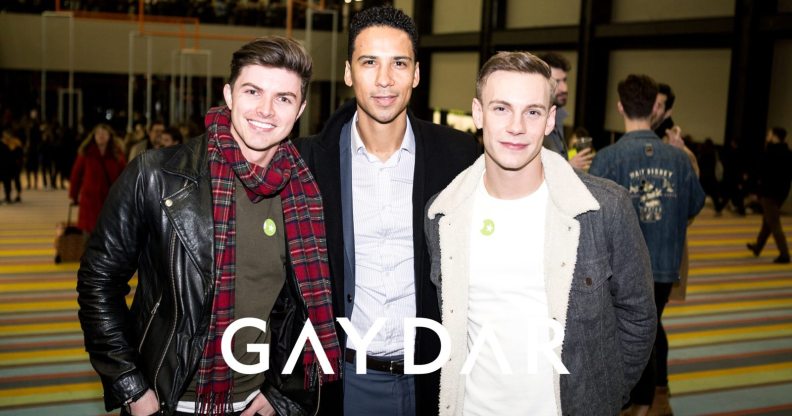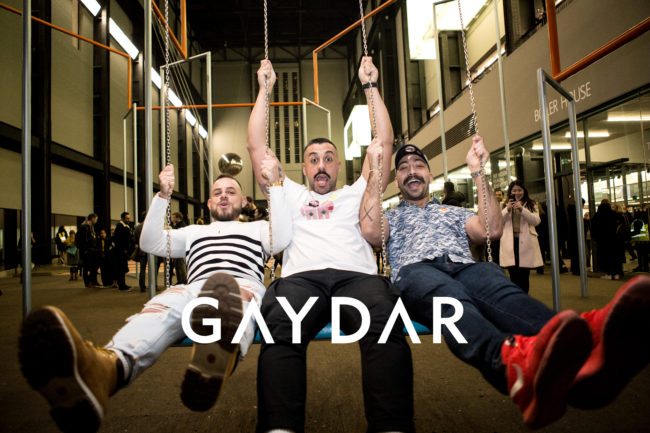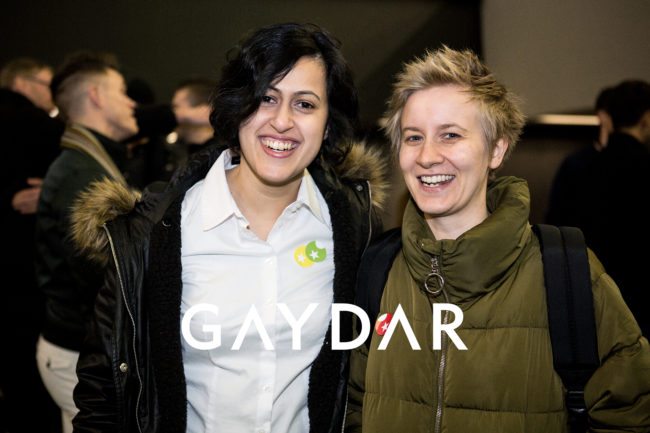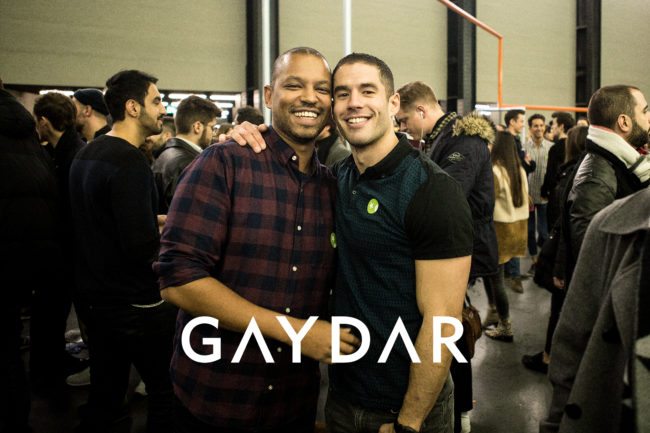What is Gaydar? Does it work like other gay dating apps, and can I join for free?

Not to be confused with a “gaydar,” which is the makeshift measuring system used to guesstimate whether or not a person is gay, the Gaydar app was one of the first major gay dating apps. It came before (behave…) Grindr, Tinder, Hornet, Scruff and Jack’d.
We wouldn’t blame you if you’d never heard of it, tbf – with attention so focused on Grindr, Tinder and Hornet these days, Gaydar became outdated and lost its cool. But with the other gay dating apps arguably reaching saturation point, is there room on the scene for Gaydar to stage a return?
Related: A comprehensive guide to the best gay dating apps
Rob Curtis, Managing Director at Gaydar told PinkNews exclusively that plans for a huge revamp are in their final stages. “As we approach our 20th Anniversary next year, we have some major initiatives underway to transform our business and support our new mission to create a happier LGBTQ+ world,” he said.
“To kick things off – we’re very excited to be launching a new digital magazine brand in the coming weeks as our love letter to the LGBTQ+ community”.
A brief history

Gaydar launched in November 1999 as a desktop tool to allow gay and bisexual men to meet. It featured chat rooms and allowed members to chat one-on-one. Gaydar was made to broadly appeal to guys wanting dates, relationships and just sex.
Gaydar was founded by two South African men who lived in London, Gary Frisch and his partner Henry Badenhorst, though sadly both have since passed away. Gary died in 2007 following a tragic accident and Henry, 10 years later, reportedly taking his own life in November 2017.
Related: Queer Eye’s Karamo Brown takes huge swipe at gay dating apps
The website was launched after a friend of Henry and Gary’s complained at being too busy to meet guys offline – the comment went on to play a large role in paving the way for the next twenty years of online dating apps and websites.

The name Gaydar piggybacked off a corporate intranet system in the late Nineties called RADAR, which stood for Rapid Access And Deployment Resource.
Henry and Gary spun radar into something far more fun: Gaydar.
The website was a hit and went on to become the world’s biggest gay dating site, converting into the Gaydar app in 2009.
Gaydar Radio was launched hand-in-hand with the dating website and app, and ran 24 hours a day, although it closed in 2013 and was acquired by Gaydio.
Ahead of the site’s relaunch, Gaydar Radio is proudly back and streams live on Mixcloud, via Gaydar’s blog.
A raft of new digital changes…

Like many of the pioneering gay dating apps and websites launched in the era of the dot com boom (others included PlanetOut and Gay.com), Gaydar struggled to survive in an increasingly saturated and ever-evolving market of gay dating apps and websites.
The Gaydar brand has relaunched online, with a new and refreshed website and app presence.
A new homepage shows two men passionately kissing, differentiating Gaydar from its major competitor Grindr, which is known to be geared toward casual hookups.
Related: 15 ways you can stay safe on Grindr and other dating apps
There are four distinct areas to browse: Features, Premium, Blog and Log In.
The basic function of the site will feel familiar. Users can filter searches based upon their preferences, and Gaydar says: “With thousands of new guys every week and easy to use filters, you can connect with the guys you want, when you want to.”

Gaydar isn’t flexing the truth when it says the search gets deep. “Power Search is here to help you find your unicorn, whether that’s a ‘local, tall, 35-50-year-old guy with just a little bit of hair and who’s no smoker…’” they describe on their website.
And the Premium service offers deeper, more refined searches for guys, and – in a move that feels similar to OkCupid’s platform – Gaydar lets guys in on the secret of who has checked out their profile, and browsing “undetected” is also a thing. However, a more stripped-back app is available to download and use for free.
And a raft of new digital changes mean only the most active users will be displayed, rather than the guy who lives next door and hasn’t logged in in a month.
A fleshed-out blog features lifestyle stories from the gay community, and we’re promised a fuller relaunch is due in early spring 2018. We’ll update when we have further news.

